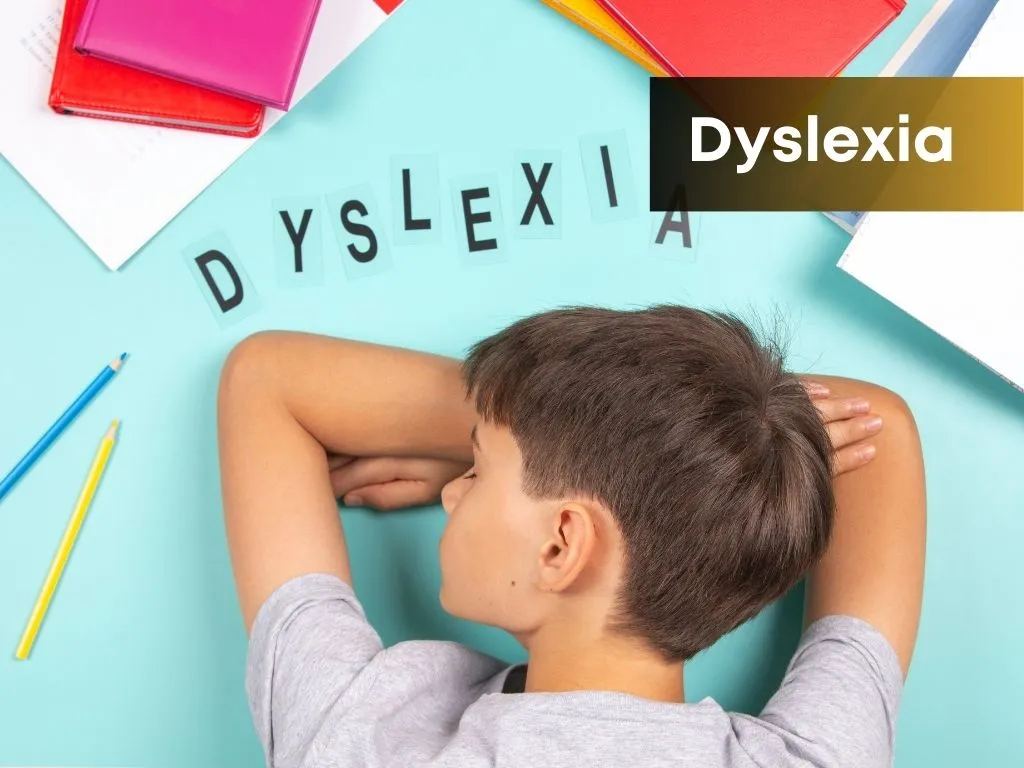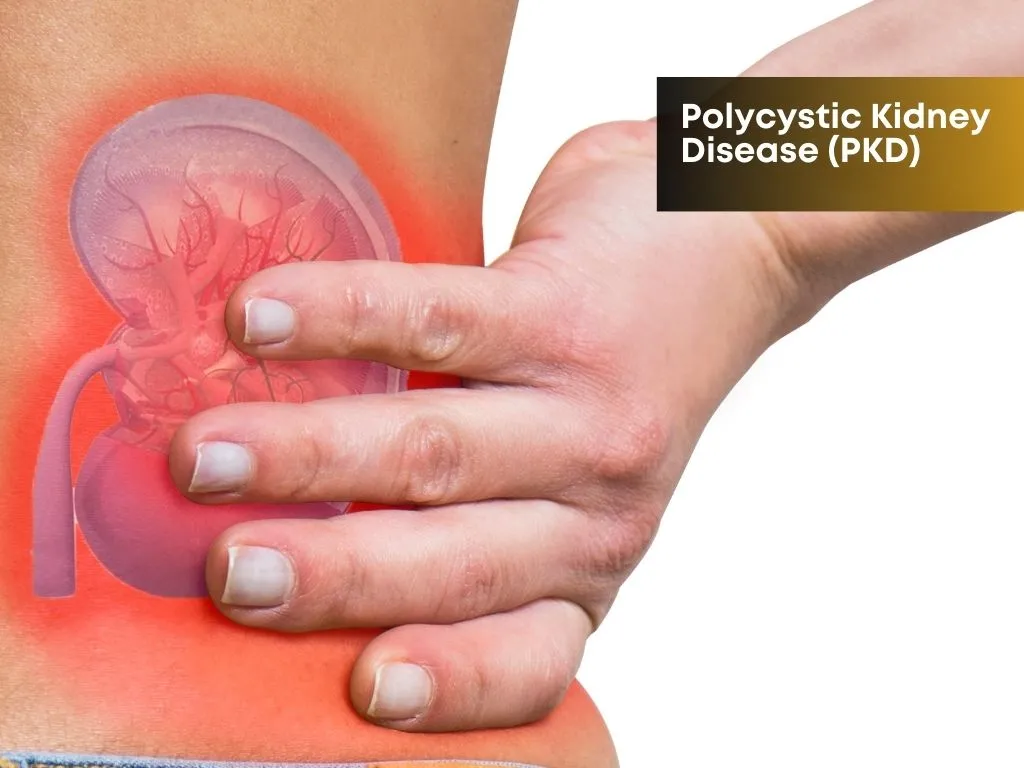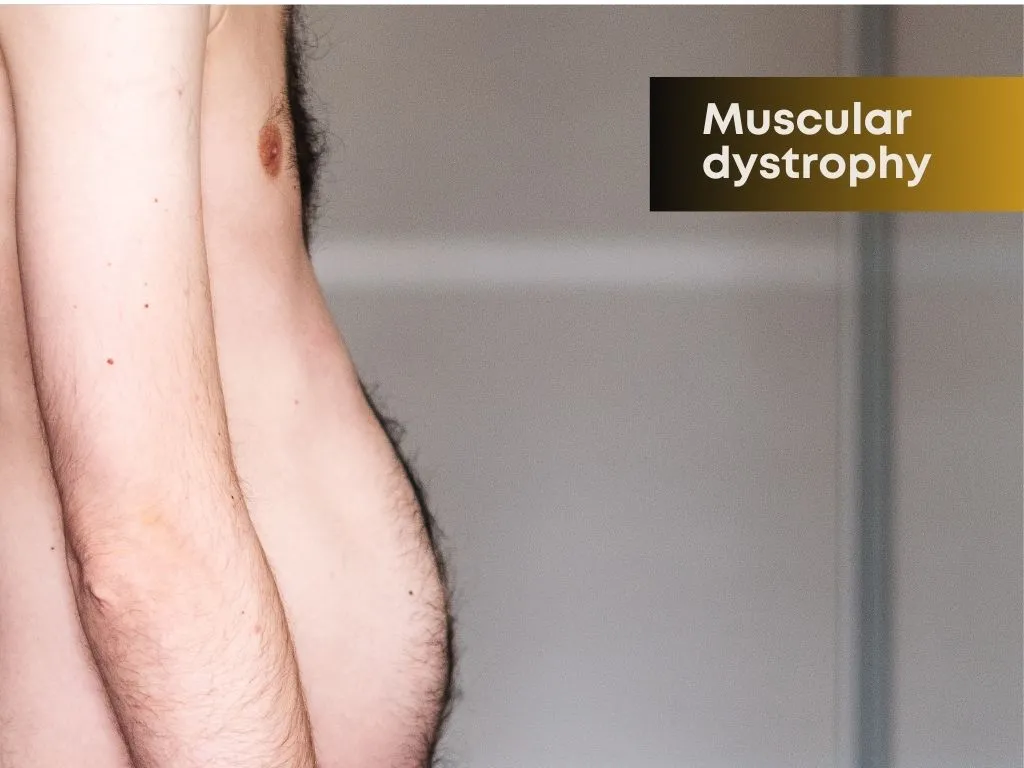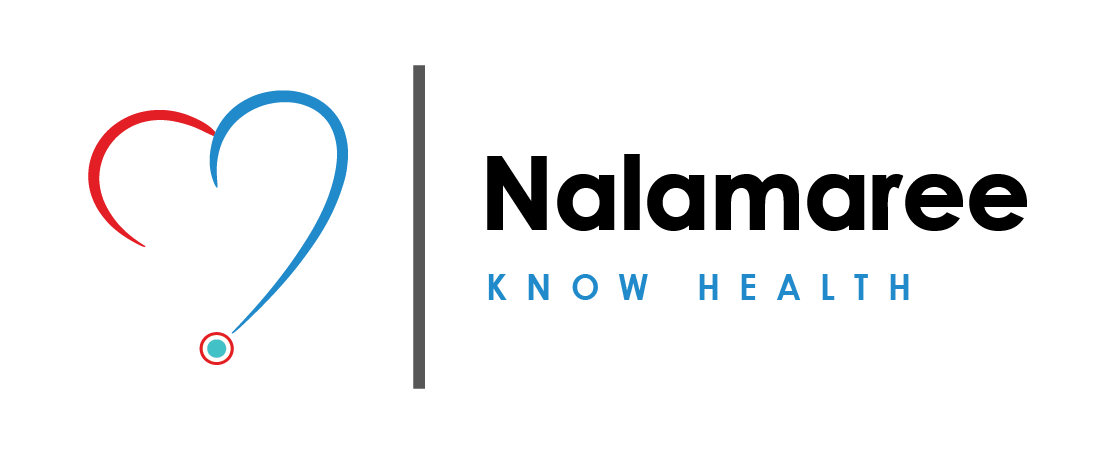Overview
Autism spectrum disorder (ASD) is a developmental disorder that affects communication, social interaction, behavior, and sensory processing.
It's called a "spectrum" disorder because it can vary widely in its presentation and severity, ranging from mild to severe.
Causes
Some common characteristics of ASD include difficulties in social interaction, such as understanding social cues and nonverbal communication, challenges in forming relationships, repetitive behaviors or rituals, intense interests in specific topics, and sensory sensitivities.
GeneticsEnvironmental FactorsBrain DevelopmentPrenatal FactorsGenetic Mutations and Copy Number VariantsEpigenetics
Symptoms
Social Communication and Interaction Difficulties:
Difficulty understanding social cues, such as facial expressions, tone of voice, and body language.Challenges in developing and maintaining relationships, difficulty making friends or engaging in conversations.Difficulty in expressing emotions, and limited use of gestures or facial expressions to communicate.Lack of interest in sharing experiences or achievements with others.Difficulty understanding the perspectives of others and taking turns in conversations.
Restricted, Repetitive Patterns of Behavior, Interests, or Activities:
Engaging in repetitive movements or behaviors, such as hand-flapping, spinning objects, repeating words.Adherence to strict routines or rituals, and resistance to change.Highly focused interests in specific topics or activities, often to the exclusion of other interests.Sensory sensitivities or sensory-seeking behaviors, such as aversion to certain textures, sounds, or lights.
Other Symptoms:
Intellectual or developmental delays in areas such as speech and language, motor skills, or cognitive abilities.Difficulty with executive functioning skills, such as planning, organization, and problem-solving.Co-occurring conditions, such as attention-deficit/hyperactivity disorder, anxiety, depression, or epilepsy.
Treatment: Modern Medicine
Behavioral TherapySpeech and Language TherapyOccupational TherapySocial Skills TrainingParent Training and SupportMedicationEducational SupportEarly Intervention
Treatment: Traditional Medicine
Dietary InterventionsNutritional SupplementsHerbal RemediesSensory Integration TechniquesMind-Body PracticesAnimal-Assisted Therapy
Caution
Lack of Scientific EvidenceSafety ConcernsInteraction with MedicationsIndividual Variability
Prevention
Prenatal CareAvoidance of Known Risk FactorsGenetic CounselingPromotion of Early Developmental MilestonesPromotion of Healthy DevelopmentAwareness and Education
 Nalamaree Team
Nalamaree Team




















.jpg.webp)
